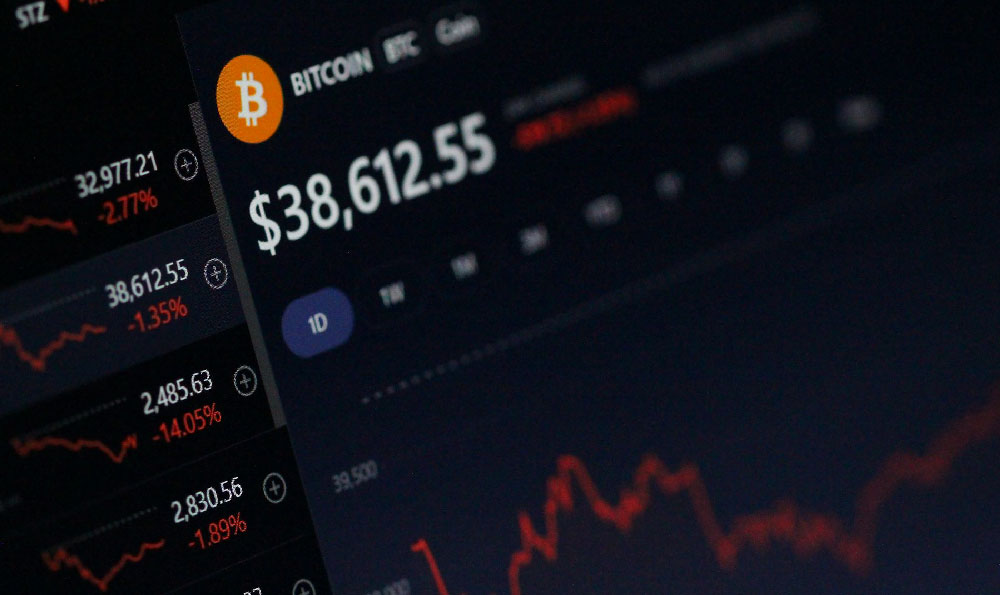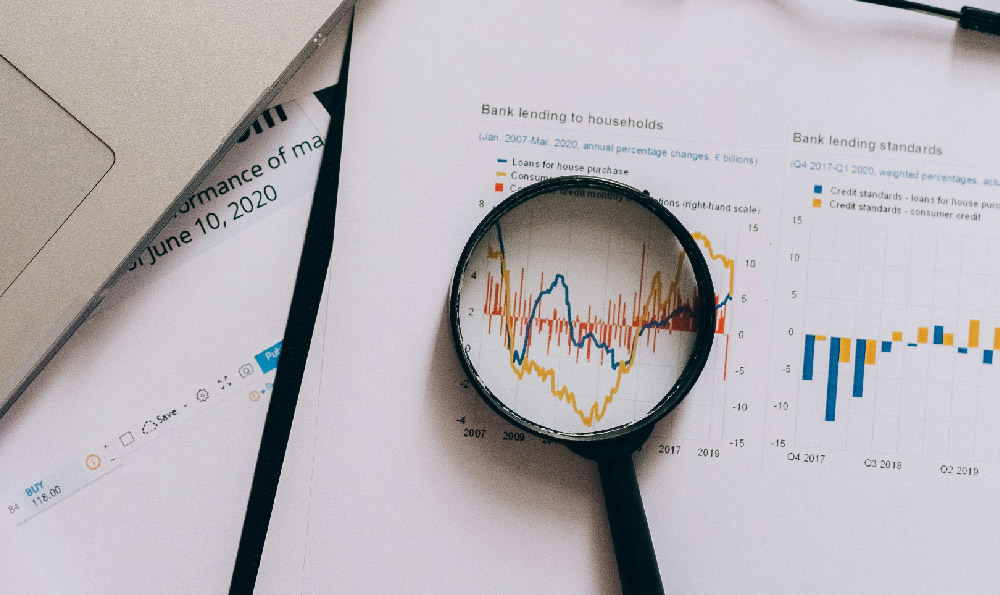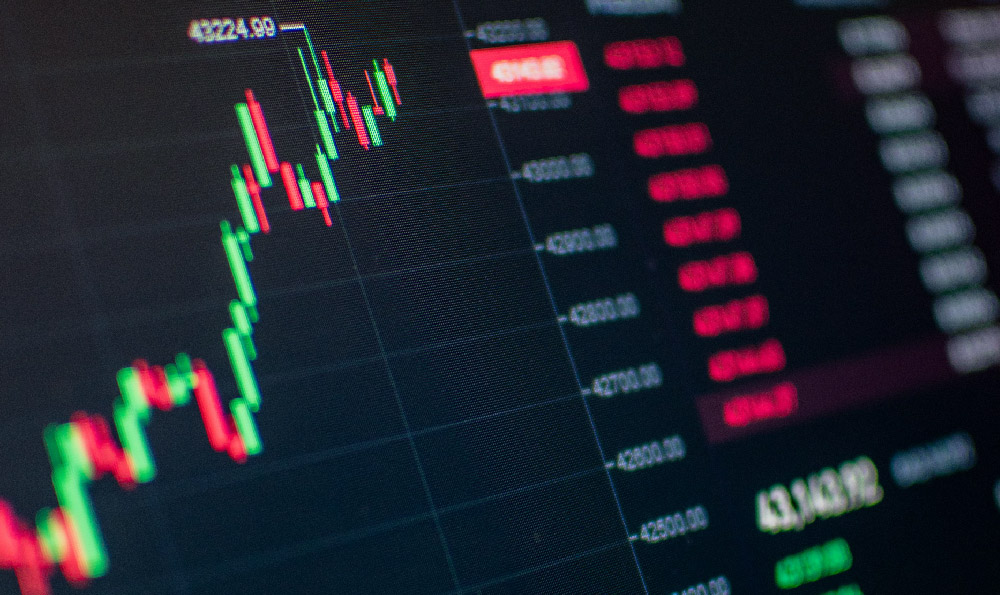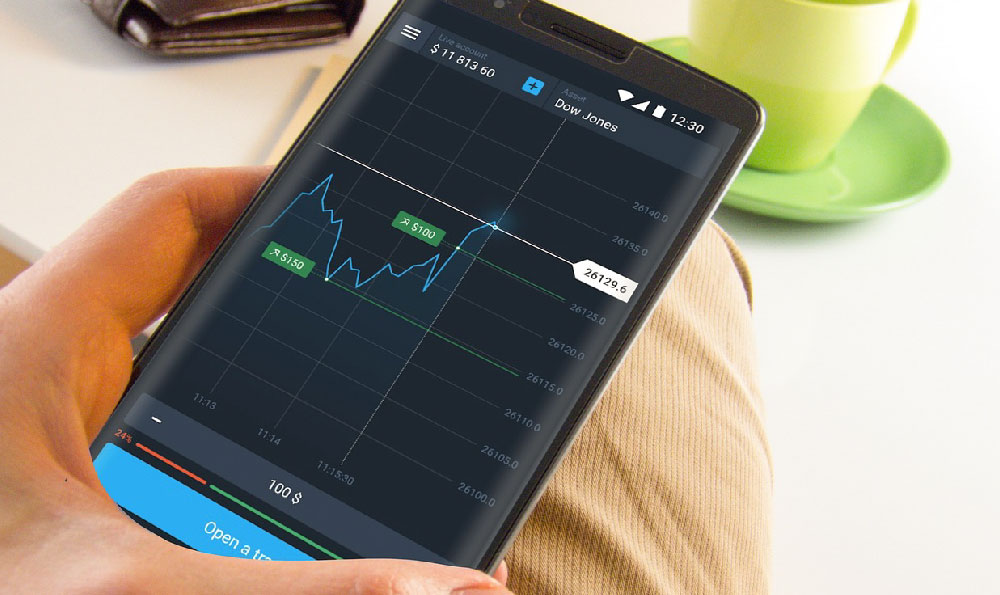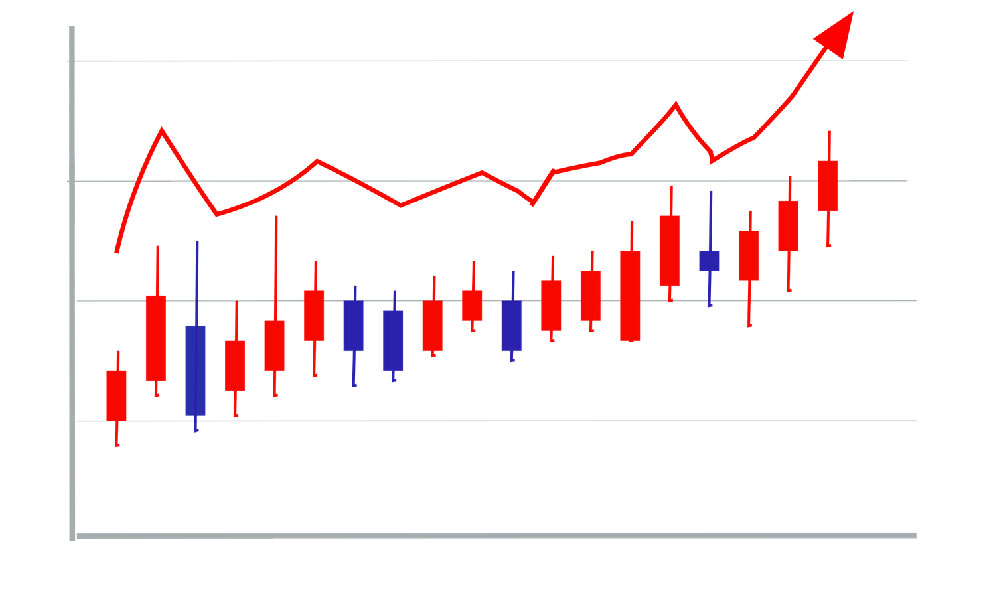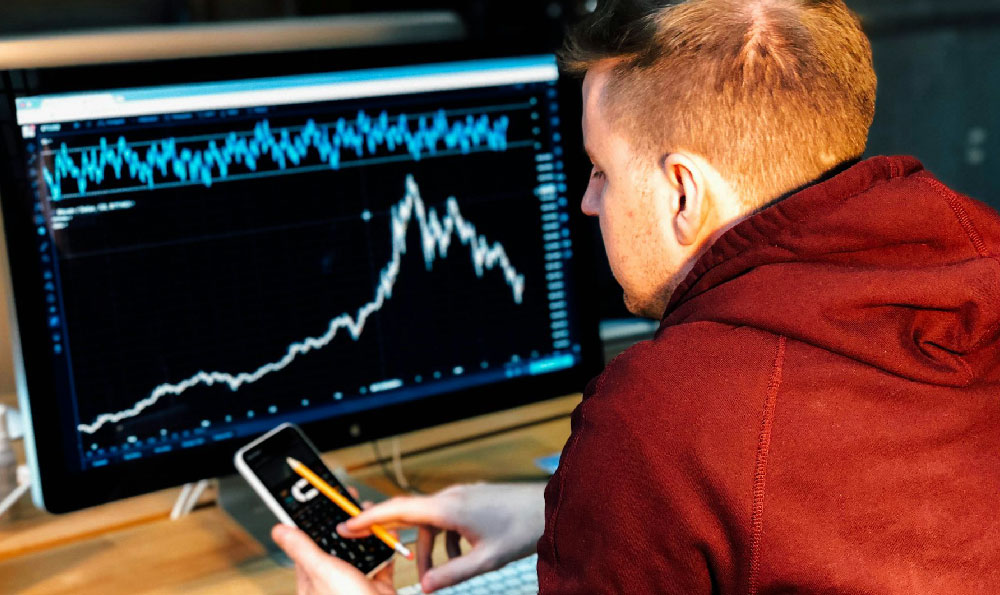
The VIX index, often dubbed the "fear gauge," is a real-time market index representing the market's expectation of 30-day volatility. It is derived from the price of S&P 500 index options and, contrary to common assumptions, isn't directly investable. You can't buy or sell VIX itself. However, various financial instruments offer indirect exposure to VIX, allowing investors to potentially profit from market volatility or hedge against portfolio risks. Understanding these instruments and developing a sound strategy is crucial for navigating the complexities of VIX index investing.
Understanding the VIX Index and its Behavior
Before diving into investment methods, it's essential to understand what the VIX represents and how it typically behaves. The VIX generally moves inversely to the S&P 500. When the stock market is stable or rising, the VIX tends to be low. Conversely, when the market experiences a downturn or heightened uncertainty, the VIX spikes. This inverse relationship makes it a valuable tool for gauging market sentiment and potential risks.

However, it's crucial to remember that the VIX is a lagging indicator. It reacts to events rather than predicting them. While a high VIX level might signal potential market turbulence, it doesn't guarantee a crash, and a low VIX doesn't ensure continued market stability. The VIX provides insight into the perception of risk, not necessarily the actual risk itself. This distinction is critical for making informed investment decisions. Analyzing the VIX in conjunction with other economic indicators and technical analysis is crucial for a more comprehensive understanding of market dynamics.
Instruments for Investing in VIX
Since you can't directly invest in the VIX, you need to use derivative instruments. The most common ways to gain exposure to the VIX include:
-
VIX Futures: These are contracts that obligate the buyer to purchase or the seller to deliver the VIX index at a specified future date and price. VIX futures are traded on the Chicago Board Options Exchange (CBOE). Investing in VIX futures is complex due to a phenomenon known as "contango." Contango occurs when the price of a future contract is higher than the expected spot price on the delivery date. This is common in the VIX futures market because traders are willing to pay a premium for protection against future volatility spikes. Due to contango, holding VIX futures over time can lead to a loss of value as the contract approaches expiration and converges towards the lower spot price.
-
VIX Exchange-Traded Funds (ETFs) and Exchange-Traded Notes (ETNs): These are investment funds that track VIX futures. Examples include VXX, UVXY, and SVXY (though SVXY is designed for inverse exposure to VIX). These ETFs and ETNs do not track the VIX index directly. Instead, they track a portfolio of VIX futures contracts. Due to contango, most VIX ETFs and ETNs are designed for short-term trading strategies and are generally not suitable for long-term holding. They can suffer from significant decay over time, meaning their value erodes even if the VIX index remains relatively stable.
-
Options on VIX Futures: Sophisticated investors can also trade options on VIX futures, providing another layer of leverage and flexibility. Options allow you to control a larger position with a smaller initial investment, but they also come with a higher degree of risk.
Strategies for VIX Index Investing
VIX investing is not a "buy and hold" strategy. Due to the inherent characteristics of VIX futures and related products, it requires active management and a clear understanding of market dynamics. Here are a few common strategies:
-
Short-Term Trading: The most common approach involves trading VIX ETFs or ETNs based on short-term fluctuations in the VIX. Traders often use technical analysis and chart patterns to identify potential entry and exit points. This strategy is highly speculative and requires constant monitoring of market conditions.
-
Hedging Portfolio Risk: Investors can use VIX futures or ETFs as a hedge against potential market downturns. By allocating a small portion of their portfolio to VIX-related instruments, they can potentially offset losses in their equity holdings during periods of increased volatility. This approach is particularly relevant for investors with large equity portfolios.
-
Volatility Arbitrage: More sophisticated traders might attempt to profit from discrepancies between the prices of different VIX-related instruments. This strategy requires a deep understanding of the derivatives market and advanced trading techniques.
Risks and Considerations
Investing in VIX-related products is inherently risky. Here are some key considerations:
- Contango: As mentioned earlier, contango can significantly erode the value of VIX futures and ETFs over time.
- Leverage: Many VIX ETFs and ETNs are leveraged, amplifying both potential gains and losses.
- Complexity: VIX-related products are complex and require a thorough understanding of market dynamics and derivative instruments.
- Volatility: The VIX itself is highly volatile, making it a challenging asset to trade.
- Regulatory Risk: The regulatory landscape for VIX-related products can change, potentially impacting their performance.
Due Diligence and Risk Management
Before investing in VIX-related products, it's crucial to conduct thorough due diligence and develop a robust risk management strategy. This includes:
- Understanding the Underlying Instruments: Familiarize yourself with the mechanics of VIX futures, ETFs, and ETNs.
- Defining Your Investment Goals: Determine your objectives for investing in VIX, whether it's for short-term trading, hedging, or volatility arbitrage.
- Setting Stop-Loss Orders: Implement stop-loss orders to limit potential losses.
- Diversifying Your Portfolio: Avoid allocating a disproportionate amount of your capital to VIX-related products.
- Staying Informed: Keep abreast of market news and economic developments that could impact the VIX.
Conclusion
Investing in the VIX index is a sophisticated undertaking that requires a thorough understanding of market dynamics, derivative instruments, and risk management principles. While it can offer opportunities for profit or hedging, it's not a suitable strategy for all investors. Approach VIX investing with caution, conduct thorough research, and always prioritize risk management. Remember that the VIX is a tool to be used with care and expertise, not a guaranteed path to riches. Consulting with a financial advisor is highly recommended before making any investment decisions related to VIX or other complex financial instruments.
